45 lipids on food labels
Food energy - Wikipedia Many governments require food manufacturers to label the energy content of their products, to help consumers control their energy intake. To facilitate evaluation by consumers, food energy values (and other nutritional properties) in package labels or tables are often quoted for convenient amounts of the food, rather than per gram or kilogram; such as in "calories per serving" or "kcal per 100 ... Vitamins and Supplements Rooted in Science - Life Extension Get clinically-studied, premium vitamins and supplements and lab tests from the people who’ve spent 40 years passionately pursuing healthy living.
Omega-3 Fatty Acids - Health Professional Fact Sheet Several food sources of ALA, DHA, and/or EPA are listed in Table 2. The U.S. Food and Drug Administration (FDA) has established a Daily Value (DV) of 65 g for total fat but not for omega-3s. Thus, Table 2 presents the amounts of omega-3 fatty acids in grams per serving only and not the percent of the DV.

Lipids on food labels
Nutritional advantages of oats and opportunities for its ... Jun 25, 2013 · Thus oats for food purpose are heat treated in order to deactivate the enzymes responsible for changes in oat lipids (Deane and Commers 1986). Generally, during the heat treatment, the moisture is increased to approximately and the grains are kept at temperature above 100 °C for 90–120 min (Ganssmann and Vorwerck 1995 ). Changes to the Nutrition Facts Label | FDA - U.S. Food and ... Mar 07, 2022 · Manufacturers with $10 million or more in annual sales were required to update their labels by January 1, 2020; manufacturers with less than $10 million in annual food sales were required to ... Vitamin E - Wikipedia The U.S. Food and Drug Administration initiated a process of reviewing and approving food and dietary supplement health claims in 1993. Reviews of petitions results in proposed claims being rejected or approved. If approved, specific wording is allowed on package labels. In 1999, a second process for claims review was created.
Lipids on food labels. Lipids – Nutrition Essentials - Maricopa Food Sources of Lipids. Dietary lipids are primarily oils (liquid) and fats (solid). Commonly consumed oils are canola, corn, olive, peanut, safflower, soy, and sunflower oil. Foods rich in oils include salad dressing, olives, avocados, peanut butter, nuts, seeds, and some fish. Fats are found in animal meat, dairy products, and cocoa butter. Vitamin E - Wikipedia The U.S. Food and Drug Administration initiated a process of reviewing and approving food and dietary supplement health claims in 1993. Reviews of petitions results in proposed claims being rejected or approved. If approved, specific wording is allowed on package labels. In 1999, a second process for claims review was created. Changes to the Nutrition Facts Label | FDA - U.S. Food and ... Mar 07, 2022 · Manufacturers with $10 million or more in annual sales were required to update their labels by January 1, 2020; manufacturers with less than $10 million in annual food sales were required to ... Nutritional advantages of oats and opportunities for its ... Jun 25, 2013 · Thus oats for food purpose are heat treated in order to deactivate the enzymes responsible for changes in oat lipids (Deane and Commers 1986). Generally, during the heat treatment, the moisture is increased to approximately and the grains are kept at temperature above 100 °C for 90–120 min (Ganssmann and Vorwerck 1995 ).
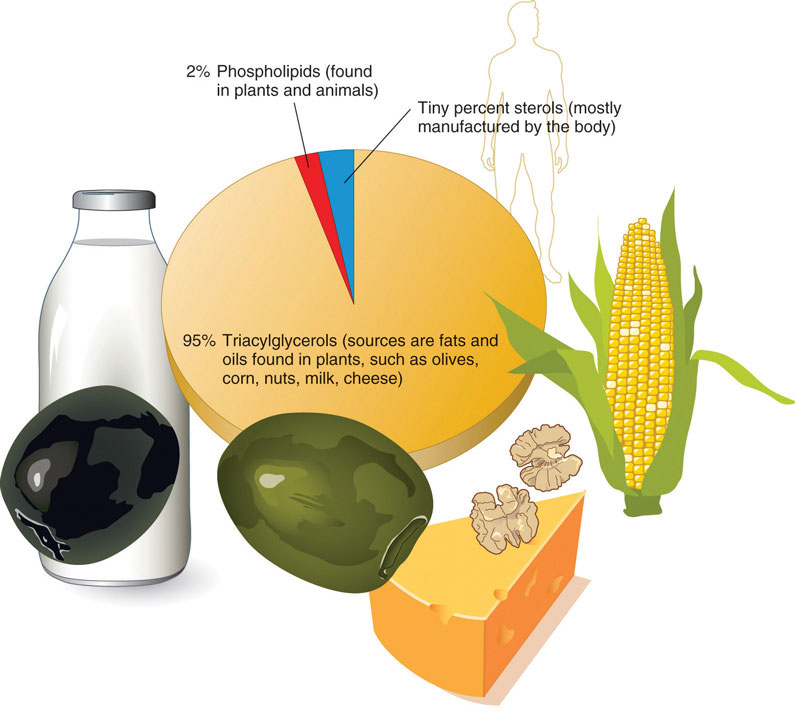

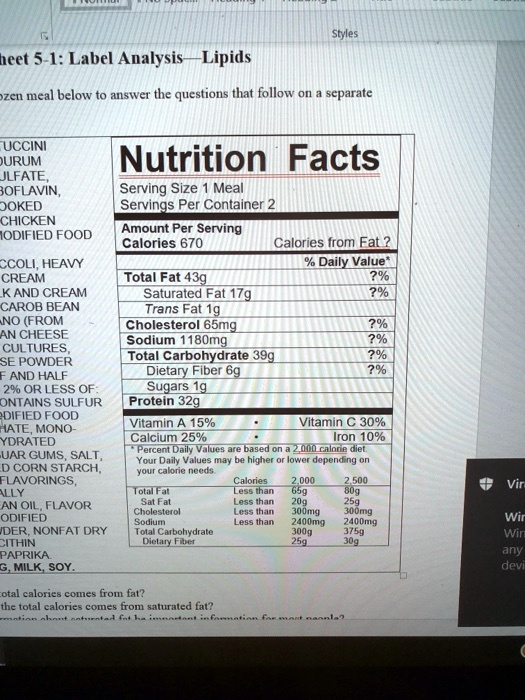





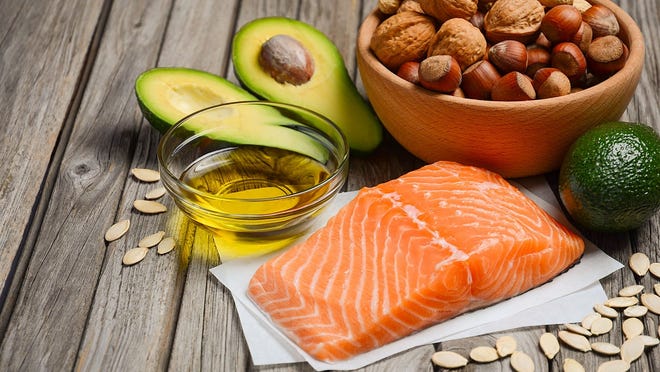




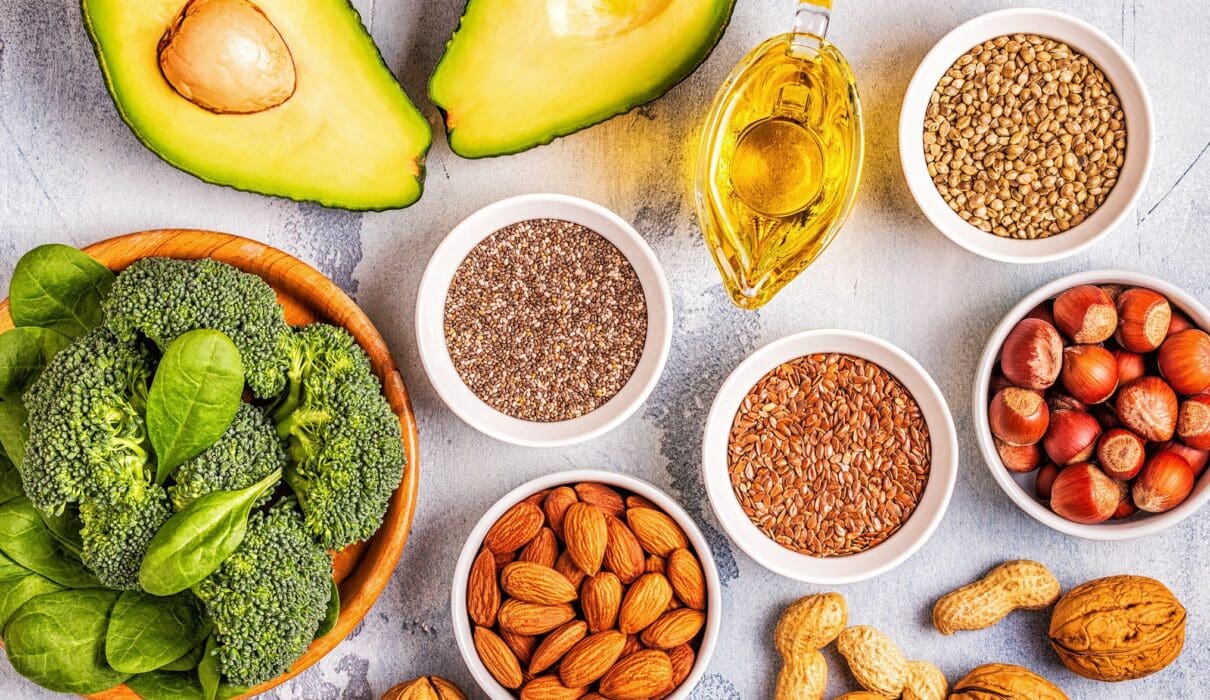
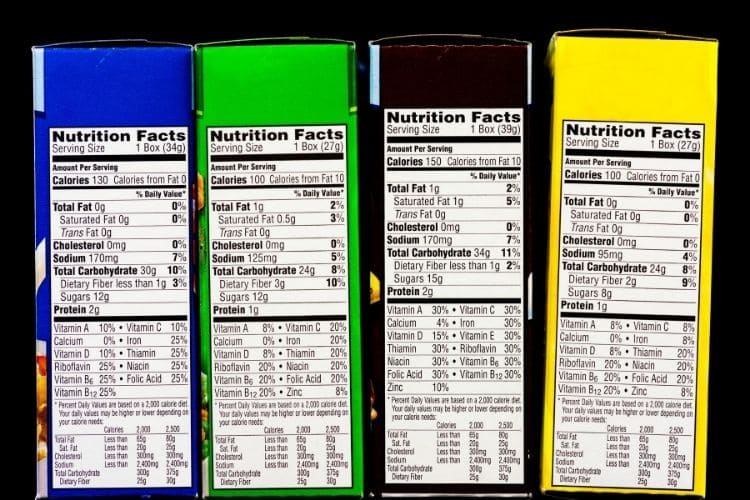

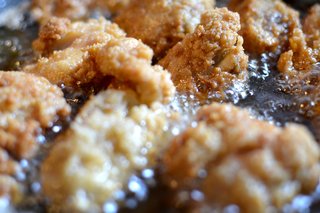
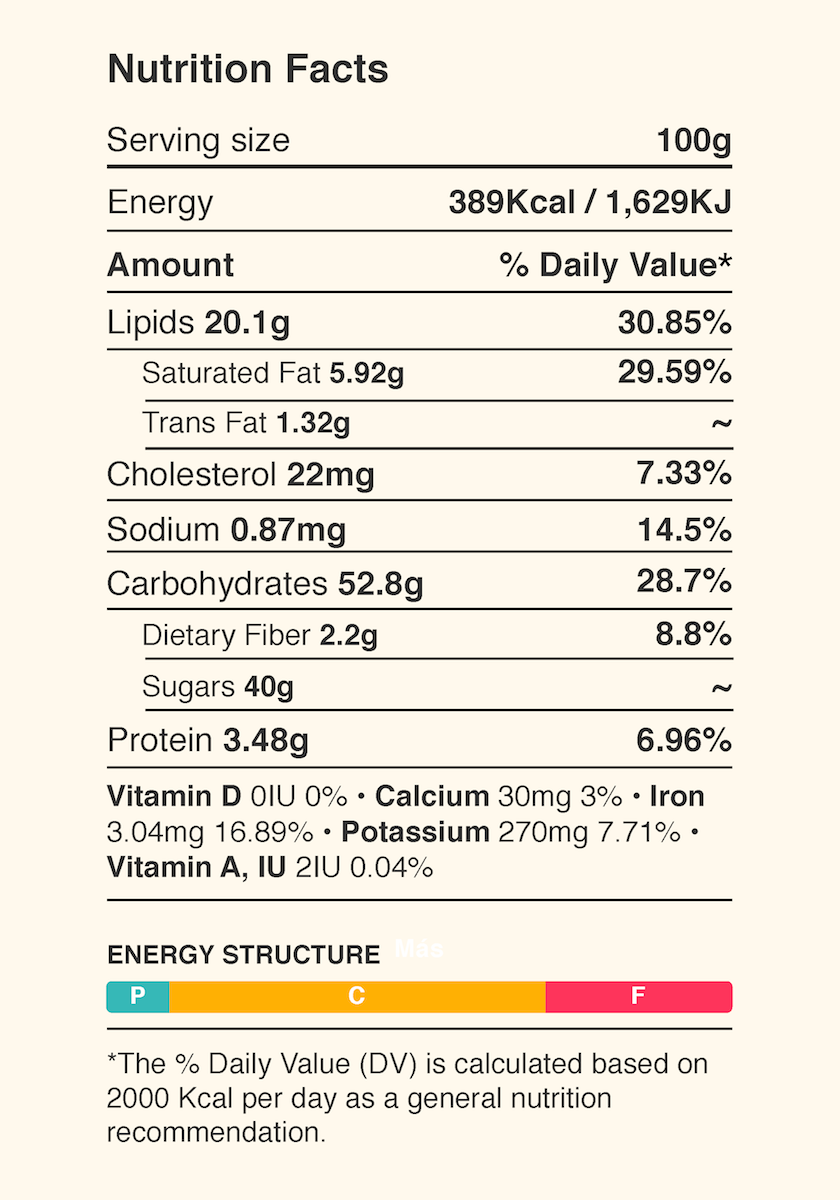
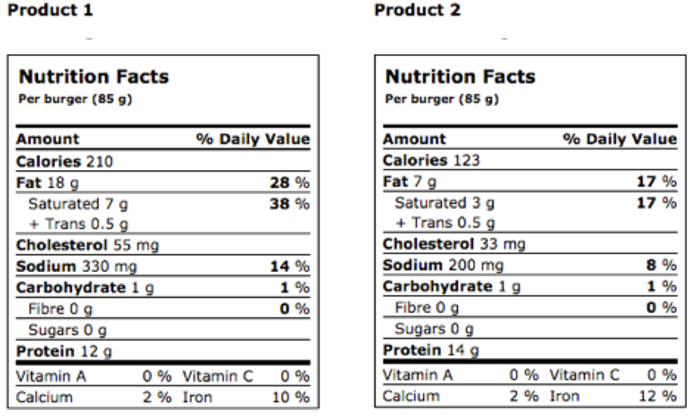

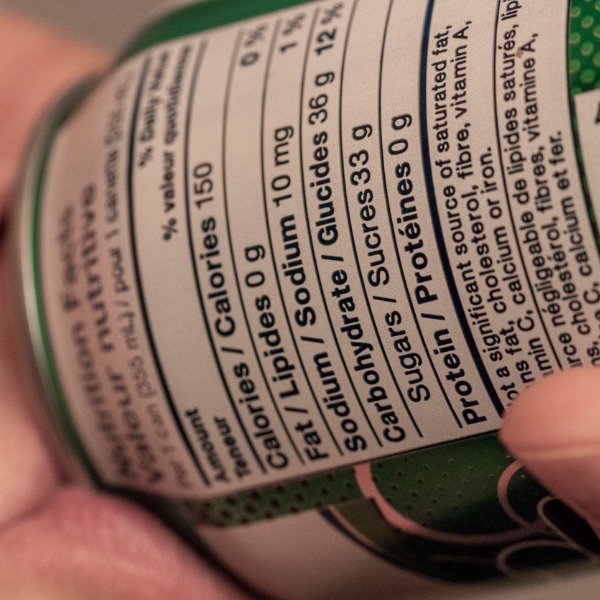
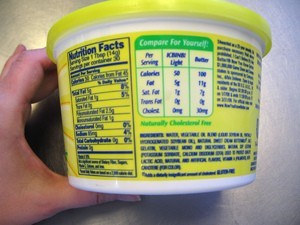

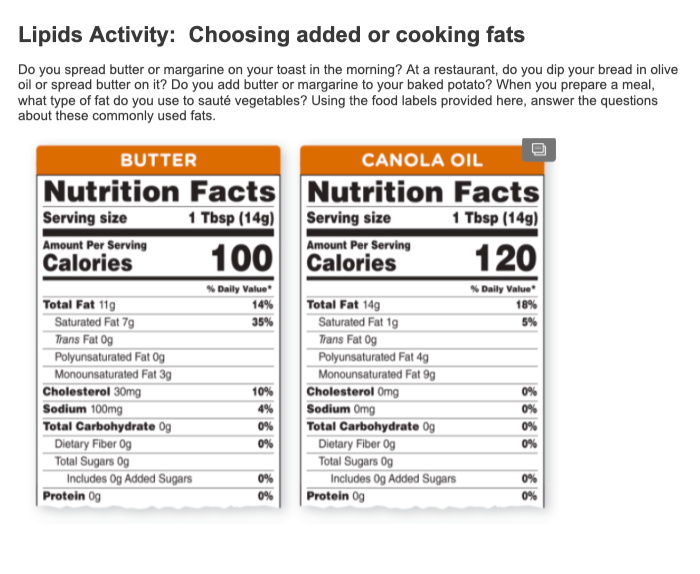




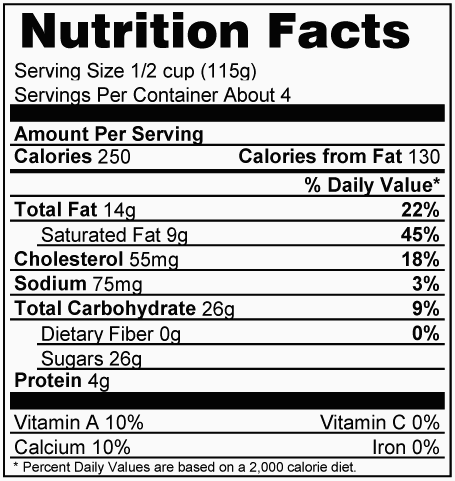
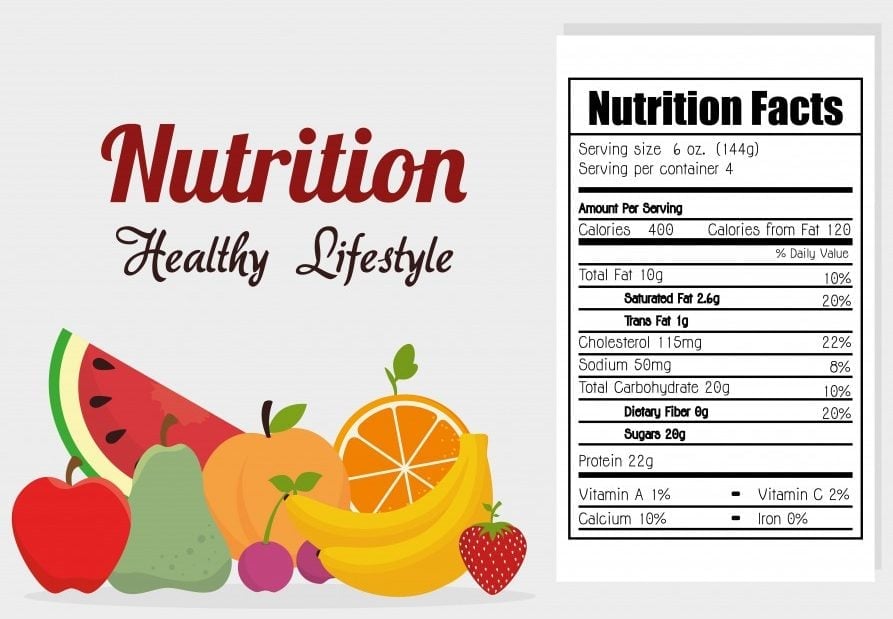

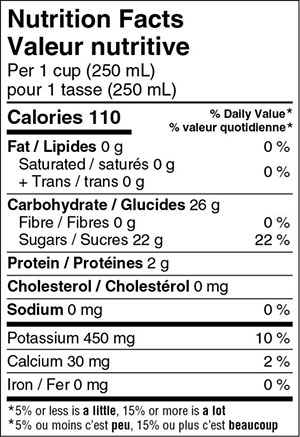


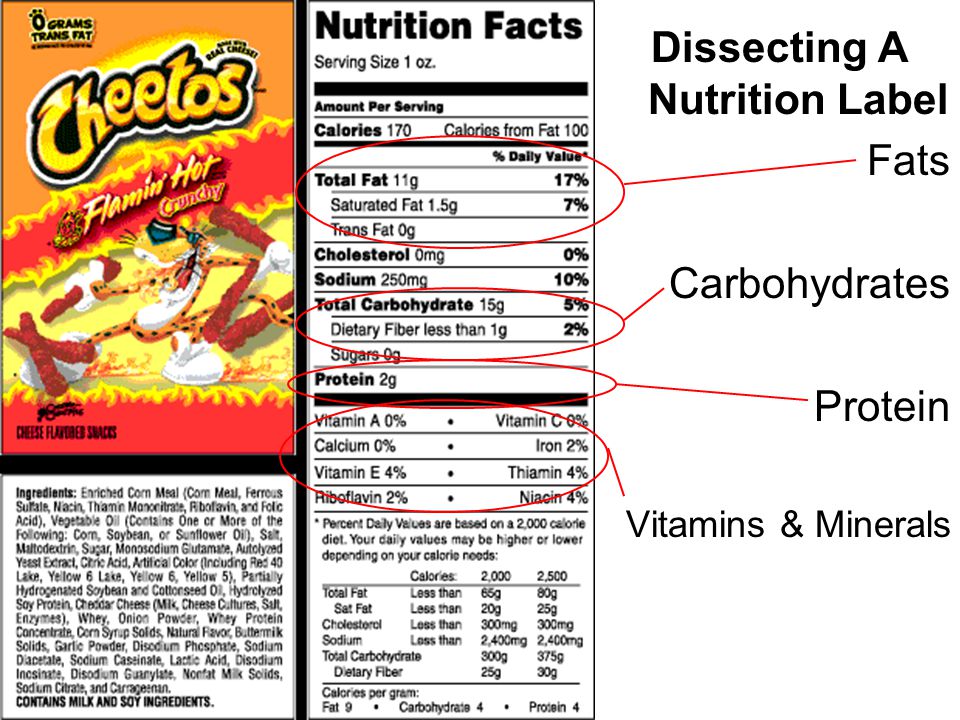
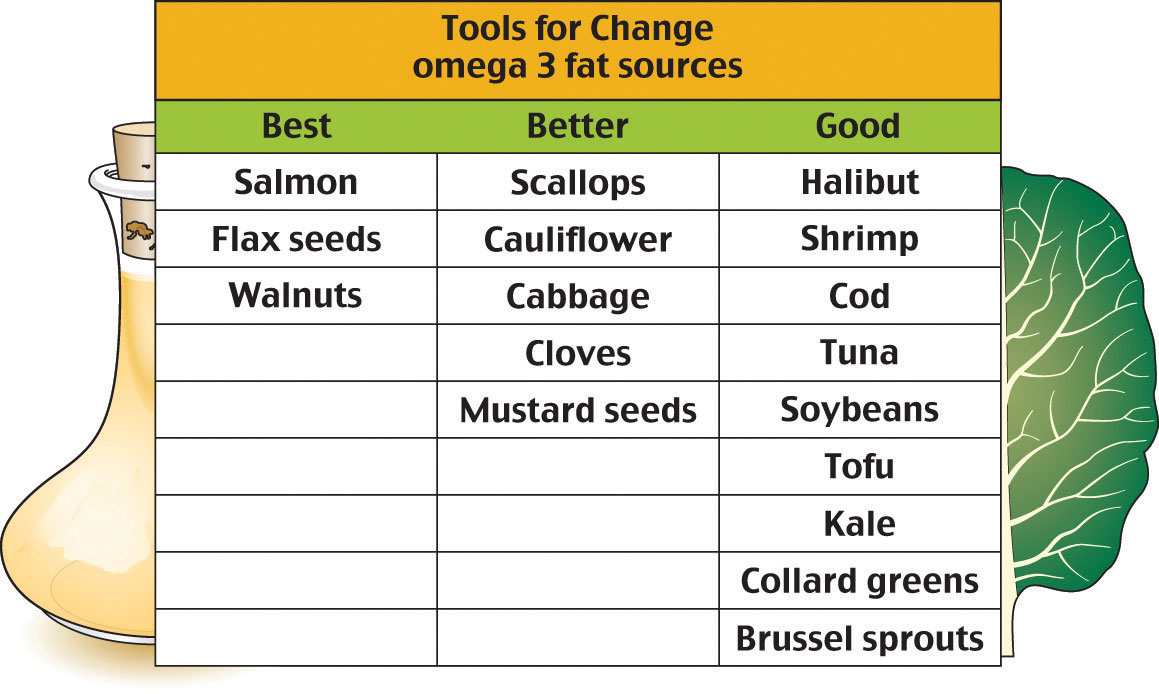
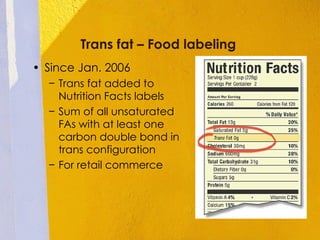




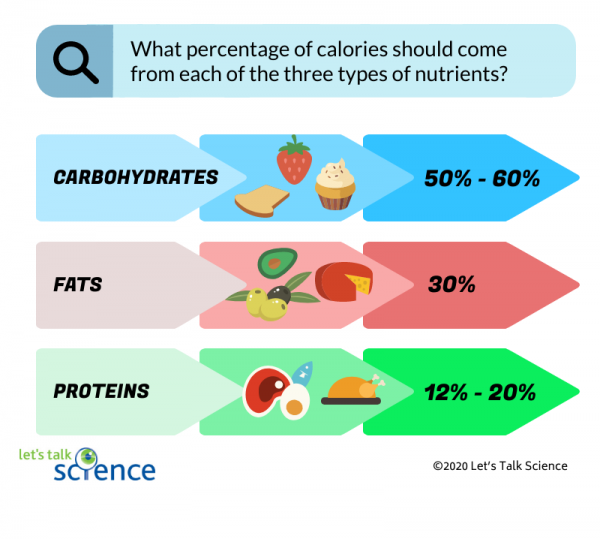

Post a Comment for "45 lipids on food labels"